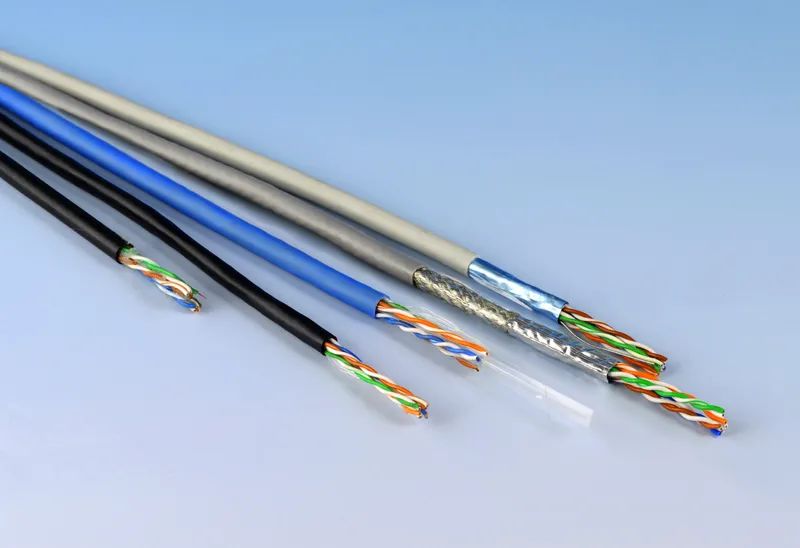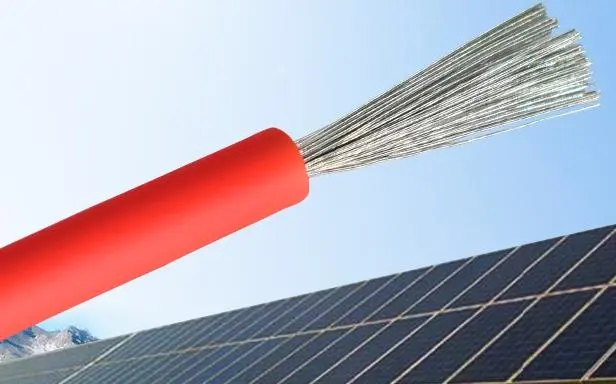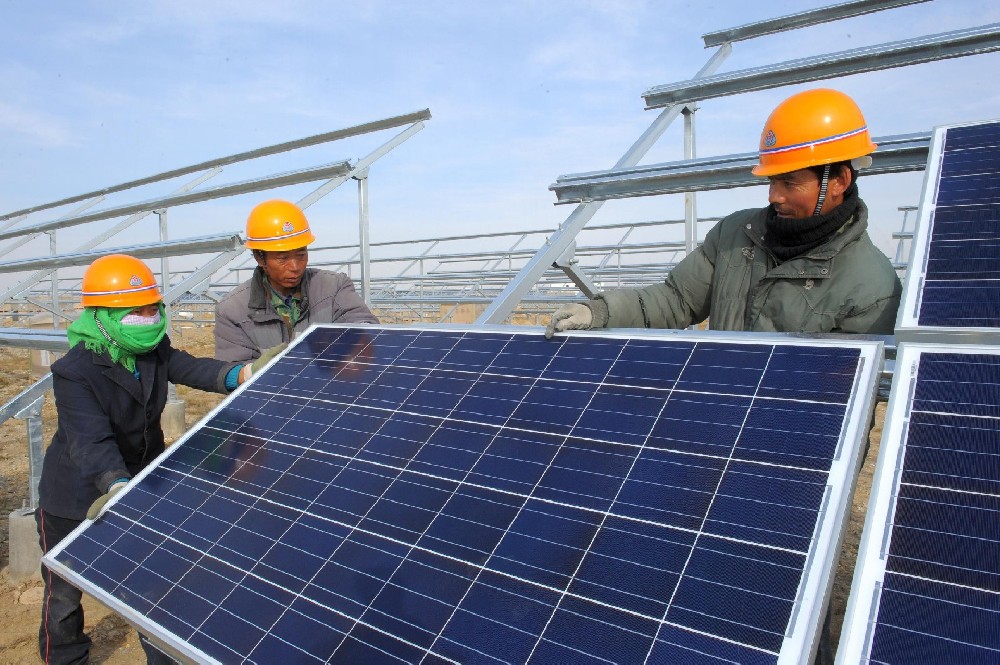Discussion on Common Fault Causes and Preventive Measures of Wire and Cable
Abstract: With the development of science and technology, the automation level of industrial production is constantly improving, electrical appliances are widely used in human life, and the demand for electrical energy is increasing. The application and maintenance of electrical engineering are also receiving more and more attention. This article explores the common faults in wire and cable and proposes certain fault measures to further improve the quality of wire and cable and lay a strong foundation for the development of China's electric power transportation industry.

1 Wire and Cable Common Fault Analysis
1.1Wire and cable damage caused by transmission voltage overload
In the process of power transportation, wire and cable damage is mostly caused by external forces or natural disasters, resulting in wire and cable overloading voltage, wire breakage, external insulation damage, etc. In addition, some human factors can also cause wire and cable damage, such as using non-standard materials or not following construction specifications.
1.2 Mechanical External Force Caused by Wire and Cable Damage
The material of wire and cable has a certain pressure resistance range. Once the pressure exceeds the limit, the external insulation layer of wire and cable will be burned. In addition, lightning strike can also cause wire and cable to bear over-voltage load, resulting in cable damage. Therefore, grid dispatchers must strictly follow national regulations to allocate power according to capacity, so as not to exceed the maximum value specified by the load capacity, thereby avoiding wire and cable damage. The residents in developed regions have high demand for electricity, especially those living in remote areas where electrical transportation distance is far away. If it is not taken seriously, it is easy to cause the above problems, which may lead to major accidents that endanger the safety of residents' lives and property.
1.3 Physical Industry Caused by Wire and Cable Carbonization
During the process of power transportation, wire and cable will generate heat, which may cause damage to its own materials. Therefore, in the process of wire and cable design, additional heat dissipation devices should be added to dissipate heat quickly to prevent wire insulation from carbonization.
1.4 Wire and Cable Aging
In traditional building construction, many cables are exposed to building walls without protection devices. Without protection, wire aging is more prone to failure, especially in summer when affected by thunderstorms and moisture in the air. This aging wire is more prone to failure, which seriously affects the safety of wire use.
1.5 Wire and Cable Quality Problem
Wire and cable seem simple in design principles but require high quality control in production. If there are quality problems in cables themselves, it will affect normal power transmission. Therefore, in order to avoid short circuits and other accidents, designers need to set strict requirements for the quality of wires and cables and scientifically design different connection hubs according to different wires. At present, there are still some problems with wire quality in China that do not meet the actual regulations. For example, the design of waterproof cables does not meet the actual requirements; the design of cable promotion is unreasonable, which may lead to a series of transmission failures.
2. Common Wire and Cable Maintenance Methods and Requirements
2.1 Preventive Maintenance Technology
Preventive maintenance technology refers to strengthen daily inspection and maintenance of wire and cable as soon as possible to find problems early and take measures to solve them in order to achieve the goal of prevention beforehand and extend the service life of equipment.
2.2 Operating Process Maintenance
Unlike power equipment, wire and cable mainly responsible for power transportation has less protective facilities and long transportation distances, so it is most prone to safety accidents. During the operation process of wire and cable, relevant staff should strengthen supervision of wire operation by adopting certain technical means. Once problems are found, they should replace the line in time and eliminate faults to ensure the continuous operation of power equipment.
2.3 Post-fault Maintenance after Fault Occurs
Post-fault maintenance is not a recommended maintenance method because it will affect power engineering operation and cause huge economic losses due to line suspension transportation delaying economic losses. Compared with pre-fault and on-line maintenance, post-fault maintenance requires more manpower and material resources and has greater maintenance difficulties.
2.4 Operating Requirements
Due to differences between wire core materials and outer insulation materials, there will be differences in heat conduction between them during power transportation process. Workers can measure the temperature of outer insulation layer to understand the temperature of wire core as soon as they find that outer insulation layer temperature exceeds specified value; they need to adjust or control current in time to prevent wire aging or other phenomena from happening.
When there is a large-scale power outage, workers should immediately cut off the power supply to prevent wires from catching fire due to high voltage electricity damage during power transportation process. Once damage occurs during power transportation process will cause irreparable harm to wires; if power supply continues after damage occurs it will cause secondary damage to wires due to high voltage electricity damage, resulting in more serious economic losses.
3. Preventive Measures Against Common Faults in Electrical Wires and Cables
3.1 Strengthen the Pre-commissioning of Electrical Equipment
The purpose of pre-commissioning is to ensure the safe transmission of electricity through cables. After the completion of an electrical project, designers need to pre-supply electricity to the transmission lines, carefully inspect each transmission link, ensure the normal operation of the equipment, and prevent the occurrence of dangerous accidents. After long-term continuous use, wires and cables will undergo aging, causing a decrease in their accuracy, resulting in unstable power transmission, which will be fatal to electrical equipment. Therefore, before wires and cables enter into official operation, pre-commissioning work must be carried out to enhance the safety of the power system.
3.2 Strengthen Supervision and Management of Wires and Cables
Relevant departments should be responsible for supervision and management of wires and cables in every link. In the process of line design, designers and engineers should choose appropriate cable materials and set lengths scientifically based on the actual situation of the project site. During power transportation, the staff should also strengthen daily inspection and maintenance of cables, replace problem lines in a timely manner, and eliminate safety risks.



